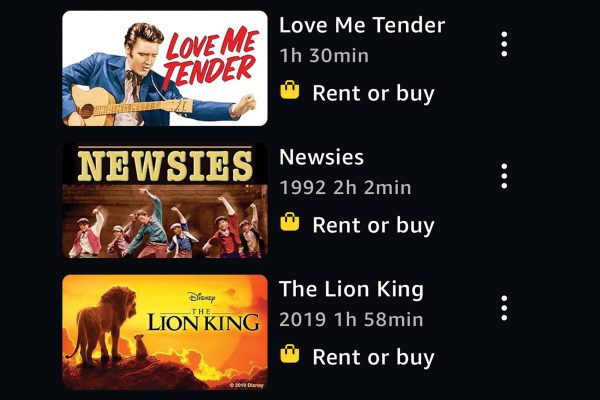Storytelling evolved
Is audience interaction on the rise?
May 22, 2019
Headline: Storytelling evolved
Subheadline: Is audience interaction on the rise?
Grey Johnson, culture editor
The appeal of movies is that you can relax and watch something that is out of the ordinary. Often, movies can be a doorway to allowing the audience a good look into the world of the movie, but never a path. However, in the past decade, interactive storytelling has advanced to allow audiences to submerge themselves not only in the story, but as a part of the story.
The interactive movie started out its life with the experimental film “Kinoautomat” in 1967. The movie would pause at multiple points and pose a question to the live audience. The movie, although ahead of the curb, was limited; it only had two options for every decision, and it only had one ending, which was purposefully done to critique democracy.
Interactive movies can be considered very basic forms of video games. The format even found a way into the arcades of the 1900s with “Dragon’s Lair,” a game about a knight and his journey to save the damsel in distress. The game had many ways to die and one way to win. It was certainly innovative, but the interactive storytelling advanced from there.
Telltale Games is a company whose sole focus is interactive storytelling in the video game department. They’ve made many series, spanning from “The Walking Dead” to “Game of Thrones” and even “Batman.” The games made by Telltale greatly expand on previous ideas from games like “Dragon’s Lair,” with things like characters that can be directly controlled, creating multiple options and choices that have a lasting effect on the game.
Interactive storytelling also seeped into many other genres of gaming, such as shooter games with “Call of Duty: Black Ops II,” role-playing games such as “The Elder Scrolls” series and even into more retro games like “Undertale.” All of these games allowed the player to craft their own story, but none did so as well as “Until Dawn,” a horror game in which every small decision mattered with the added “butterfly effect” system.
Despite interactive storytelling not having a mainstream spot in movies, this might change in the future. In late December of 2018, “Black Mirror: Bandersnatch” was released on Netflix. The movie offers a story along with viewer choice, allowing the option of getting one of many endings, depending on the choices they make.
With the release of “Bandersnatch,” Netflix may have just opened up a golden opportunity for interactive movies to come. With the ability to be streamed on a gaming console or a phone, the movie becomes widely accessible, prompting rewatchability not seen before. With Netflix and other streaming services on the rise, it’s safe to say that interactive movies have not seen their peak yet.
The 1998 movie “Tender Loving Care,” a psychological thriller, was a notable movie in the interactive scene, as it was an example of older ideas mixed with advances. The movie still had a narrator like those before it, but it expanded on the simple two-choice model that “Kinoautomat” had and allowed viewers to give more complex answers from a list.




















